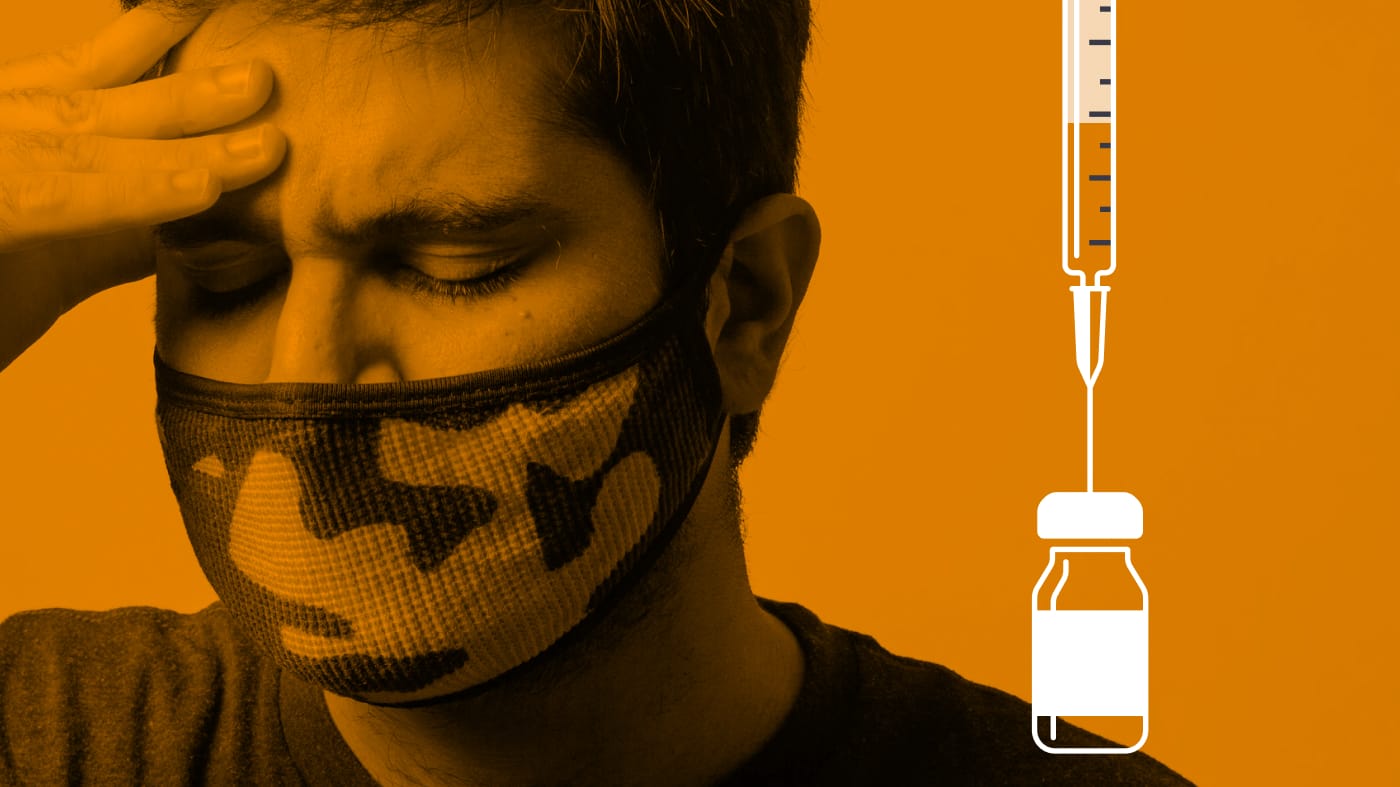As COVID-19 cases surge around the world, it is easy to lose sight of the improvements that many countries have made to their systems to find, stop and prevent epidemics in recent years. One way to track improvements in outbreak response is through ‘timeliness’ metrics, including the time from outbreak to detection and the time from detection to outbreak response. Speed in all of these steps plays a major role in the ability to prevent a small cluster of cases from becoming an epidemic. Delays in detection, for instance, can mean that when response activities begin, community transmission might be underway which is much more difficult to control. Timeliness is a simple, measurable way to calculate and communicate how well countries are responding to disease outbreaks.
In November 2020, the Emerging Infectious Diseases (EID) Journal published Measuring Timeliness of Outbreak Response in the World Health Organization African Region, 2017–2019. Written primarily by authors from the World Health Organization (WHO), the article presents clear, striking improvements in timeliness metrics for countries in the WHO African Region from 2017–2019. Time to detect a disease, usually measured as the time from when symptoms started in the first case to when it was noticed by health workers or public health authorities, decreased from 14 days in 2017 to 7 days in 2018 and 4 days in 2019. Time to end the outbreak decreased from 131 days in 2017 to 67 days in 2018 and 45 days in 2019 (see Figure 1), demonstrating substantial improvement in outbreak control efforts in the region. The article cites several factors supporting these improvements, including lessons learned from frequent outbreaks and support from WHO and partners. This success advances our understanding of how we prepare for and respond to future disease threats.
Improvements in timeliness do not mean that a country’s work to strengthen epidemic response is over. Results from these metrics can serve not only as an impact metric but also as a performance management tool. Regular review of national and sub-national timeliness performance can help countries identify and address their bottlenecks, which might be on access to health services, delays in laboratory diagnosis and specimen transportation, or delays in organizing response teams to deploy to an outbreak-affected area and begin interventions.
In 2017, outbreaks of yellow fever began increasing in frequency in Nigeria. Unfortunately, there were only four laboratories in the most populous country in Africa that could test for it, and many samples had to be shipped to Côte d’Ivoire. This led to long delays in the time between outbreak to detection and detection to notification. The Nigeria Centers for Disease Control (NCDC) was able to identify this issue with timeliness, and added three new laboratories to their existing lab network for yellow fever, measles and rubella to combat the delays.
The importance of the EID Journal article’s success in demonstrating the feasibility and utility of timeliness tracking and performance improvement is significant. It shows sustained commitment from governments and partners to protect the health of their communities. It also confirms that timeliness metrics can and should be measured by every country. This will allow uniform comparison across regions and illuminate gaps for improvement. WHO uses these metrics to help calculate progress towards their goal: one billion people better protected from health emergencies.




